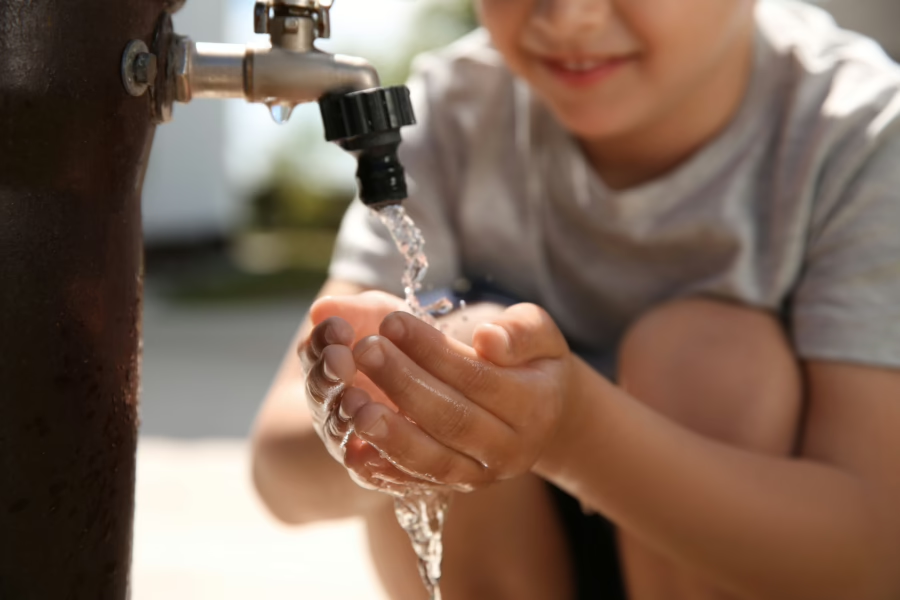March has been an active month on the policy front. Continuing the work of the last several months and coming right down to the wire of the March 11 deadline, Congress managed to agree on and pass a $1.5 trillion omnibus appropriations package to fund the government through the remainder of FY22. Of note is that $2.77 billion of the omnibus has been allocated for the Clean Water and Drinking Water State Revolving Funds (SRFs), which is equal to the 2021 enacted level. This is good news, as some had feared that the passage of the Infrastructure Investment and Jobs Act (IIJA)—which was always intended to supplement infrastructure appropriations—might cause a reduction. Those fears appear to be unfounded, as $2.77 billion will go out on top of the money in year one of IIJA.
Also on the legislative front, two Alliance-supported bills were introduced. In the House, Rep. Kildee introduced the Financing Lead Out of Water (FLOW) Act, designed to remove barriers to removing lead service lines in federal tax law. The bill would allow bonds issued by public water utilities that finance the removal of private lead service lines to bypass the IRS’ “private business use test.” Alliance CEO Mami Hara is quoted in Rep. Kildee’s press release. In the Senate, Senators Wyden, Merkley, and Heinrich introduced legislation called the WASH Sector Development Act that would establish and authorize funding for a federal Water and Sanitation Needs Working Group and authorize $250 million for a pilot program to expand options for decentralized drinking water infrastructure, modeled after similar existing programs for wastewater. This legislation is based on recommendations made in Closing the Water Access Gap in the United States, a report co-written by the Alliance and DigDeep. The Alliance is quoted in the sponsors’ press release.
Elsewhere in the Senate, the Environment and Public Works Committee held a hearing entitled “Oversight of the Clean Water State Revolving Loan Fund Formula.” Unlike the Drinking Water SRF allocation formula, which is updated periodically in response to infrastructure needs and population changes, the Clean Water SRF allocation formula was set in 1987 and has not been updated since. Prompted by a recent review of the Clean Water SRF allocation formula and introduced legislation, the hearing included testimony from Alliance members NEW Water and NEORSD, where they praised the SRF, described their needs for upcoming years, and emphasized the need for the formula to be thoughtfully and carefully updated in a way that wouldn’t reduce overall funding to states.
On the Administration front, the EPA released an implementation memo that includes guidance for the IIJA’s investments in the SRFs. It outlined the administration’s plan to “equitably deliver clean water,” primarily through the $43 billion allocated to the Clean Water and Drinking Water SRFs over five years. The Alliance is excited to see the EPA take the important step of releasing direction to state and local partners on how this funding will be implemented and will continue to stay engaged with the EPA through our Equitable Infrastructure initiative.


